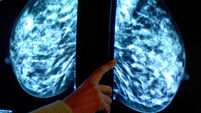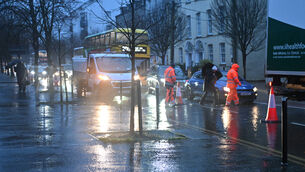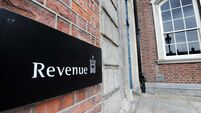INFOGRAPHIC: Cars use up to 50% more fuel than tests show

According to a study by sustainable transport group Transport & Environment (T&E), carmakers are tricking consumers into buying cars they believe are more fuel efficient than they actually are.
New EU cars, including the Mercedes A, C, and E class, BMW 5 series, and Peugeot 308 were found to be pumping out around 50% more carbon dioxide (CO2) than recorded in lab tests.
T&E said the gap between official lab results and real-world driving performance found in many car models has grown so wide that it cannot be explained through known factors including test manipulations.
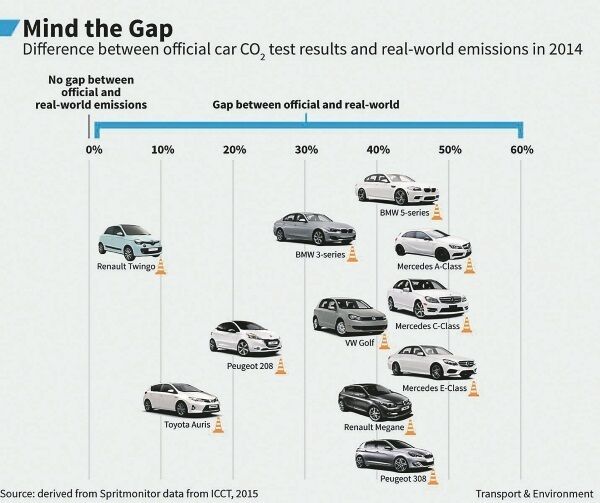
While it stressed that this did not constitute proof of “defeat devices” being used to fiddle fuel economy tests — similar to that used by Volkswagen to hide nitrogen oxide (NOx) emissions — the group said EU governments must now extend probes into defeat devices to CO2 tests and petrol cars.
CO2 is the main gas that is responsible for man-made climate change.
However, NOx is oxides of nitrogen and combines with other air pollutants to produce compounds which cause or worsen respiratory disease.
Mercedes cars have an average gap between test and real-world performance of 48% and their new A, C, and E class models have a difference of over 50%.
The BMW 5 series and Peugeot 308 are just below 50%.
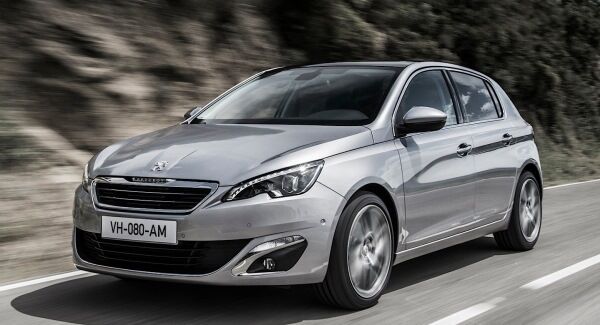
The report finds distorted laboratory tests are costing a typical motorist €450 a year in additional fuel costs compared to what carmakers’ marketing materials claim.
It also claims that two-thirds of the claimed gains in CO2 emissions and fuel consumption since 2008 have been delivered through manipulating tests — meaning that, in the last three years, there has been no improvement in fuel economy from new vehicles on the road.
The T&E report found that only Toyota would have met its 2015 target without exploiting test flexibilities, whereas all the other major carmakers have met their legal limits by exploiting test loopholes.
Greg Archer — clean vehicles manager at T&E — has called on manufacturers to clarify the causes of the large deviations as soon as possible.
“Like the air pollution test, the European system of testing cars to measure fuel economy and CO2 emissions is utterly discredited,” Mr Archer said.
“The Volkswagen scandal was just the tip of the iceberg and what lies beneath is widespread abuse by carmakers of testing rules enabling cars to swallow more than 50% more fuel than is claimed.”
Mr Archer said there now needed to be a complete overhaul of the emissions testing system.









